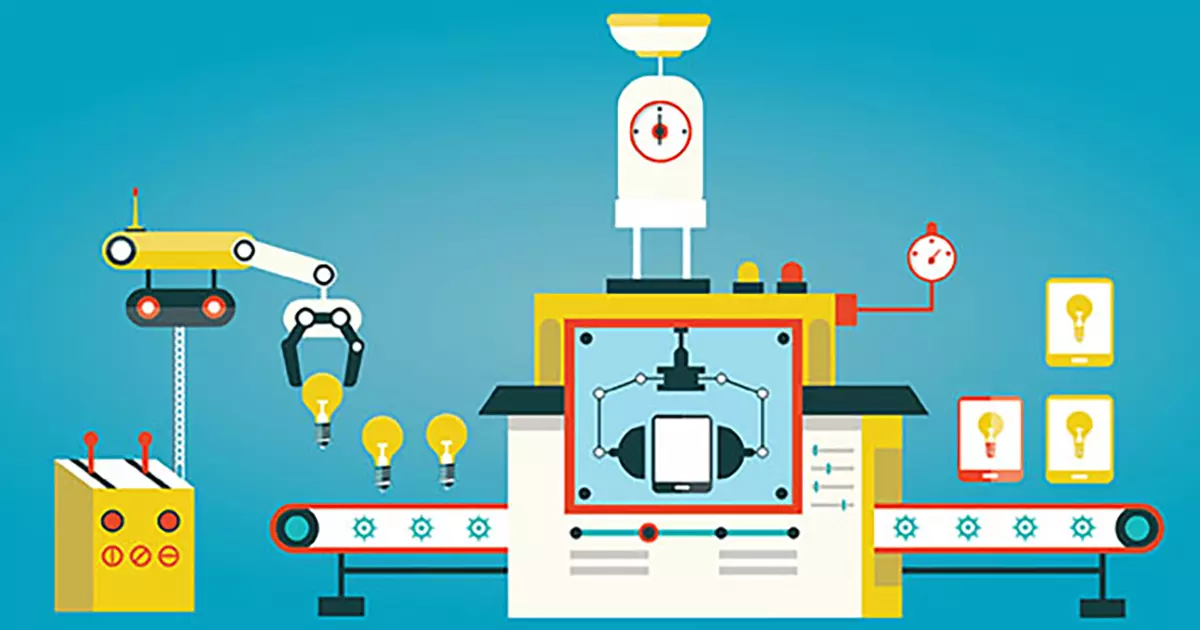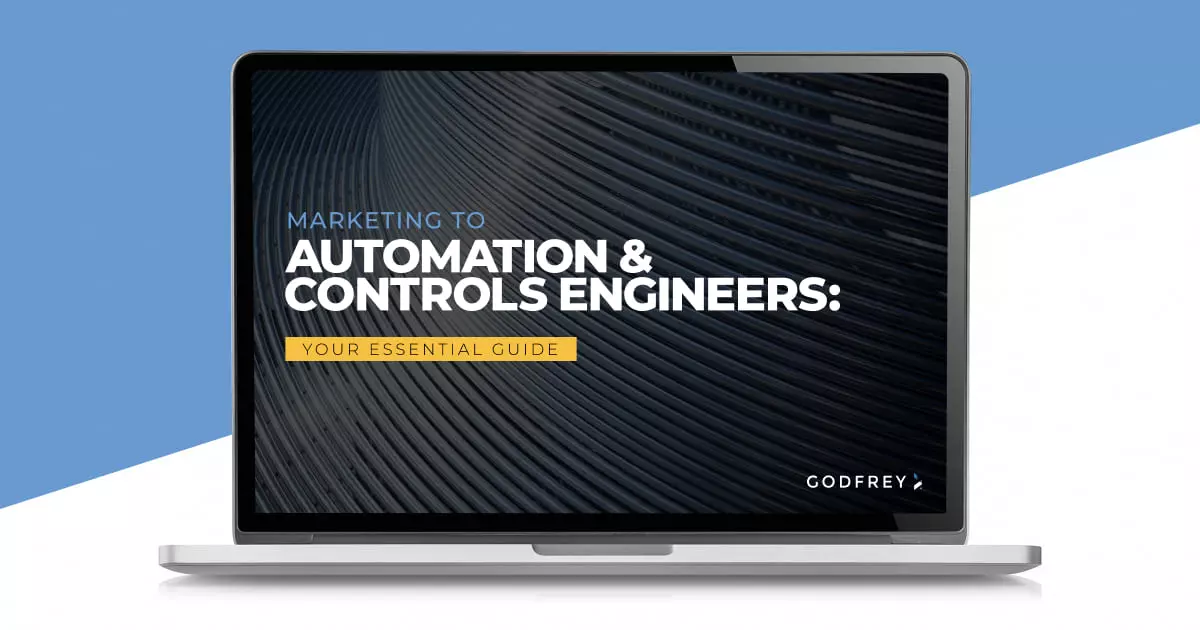Smart factory-ready technology: Tell the story now (Part 3)

The smart factory “revolution” is being built on existing automation and controls technology; B2B marketers need to tell that story to target audiences.
Smart factory technology promises to revolutionize today’s global manufacturing platforms and processes. The advances include greater flexibility, more digital intelligence and automation systems that are able to quickly respond to rapid changes in consumer and market demand.
It’s a transformative vision for the automation industry – but to make the smart factory a reality, must we wait for a whole new generation of technology to be introduced? Not really. Many automation and controls technology suppliers have products and systems with necessary capabilities already in place.
And that’s the challenge for B2B marketers: How do you identify which of your company’s offerings are smart factory-ready – then clearly explain and elevate their value to forward-thinking machine builders and end users in a way that helps you build competitive advantage?
Godfrey partnered with AMG Research to study an emerging segment of your audience. Download the full report and view slides from the presentation we delivered at CFE Media’s 2017 Marketing to Engineers® event.
Much technology is smart factory-ready
In researching and writing dozens of automation and controls case studies, technical papers and other materials for more than a decade, I’ve discovered that many automation and controls companies have made significant progress toward deploying system features and capabilities that can be utilized by automation OEMs and end users to make their machines and plants smart factory-ready… today.
This is a great story for B2B marketers to tell: Companies who can clearly show that their technology is ready to contribute to making the smart factory a reality today also demonstrate that they are ahead of the curve – and that they have been “smart” about making their systems flexible and full-featured enough to satisfy new and emerging requirements.
Focus on connectivity and intelligence
What aspects of currently installed and/or available technology should B2B marketers investigate and promote, in order elevate their company’s smart factory profile? Here’s two areas to consider:
- Connectivity: Machine-to-machine communication, as well as integration of production machines into plant and enterprise networks, requires state-of-the-art connectivity: bus architectures and interfaces that can support high-speed, high-density transfer of production information and automation sequences.
Questions to consider: How well does your company’s technology support these requirements? What protocols do they support? What physical interfaces – particularly high-speed Ethernet-type interfaces – are built into your components?
These questions apply to more than just PLCs and automation controllers. Components as diverse as pneumatics valves and fluid flow meters now incorporate these interfaces – which means they can be plugged into machines that OEMs are building that target smart factory customers.
And yet these details can sometimes be buried in a table of technical features on the fourth page of a datasheet. They should be leveraged to strengthen the case that your company’s products – and approach to technology – make you a strong contributor to smart factory solutions.
- Intelligence: It’s distributed throughout today’s manufacturing platforms, weaving digital technology into virtually every device and component. Every cycle of every actuator can be recorded; sensors capture visual, heat, moisture and other environmental factors; electrohydraulic controllers measure actual resistance of loads moved against established values.
Questions to consider: How intelligent is your technology? How easily and efficiently can you make the data your intelligent technology captures available to machine builders and end users to improve the performance of their systems and operations?
In many cases, your engineers may have done a superior job – so the best step you can take is to develop a strong case study that clearly describes how this is accomplished.
One story I wrote described how an automated welding system made innovative use of drive technology to track the quality of each and every weld the system made. The story also detailed how that information was used by an automotive parts supplier to document and improve welding quality and satisfy regulatory requirements.
The intelligence in the drive technology wasn’t that new, but its application was – and it demonstrates how, with the right storytelling, existing technology can be newly – and legitimately – positioned as being ready to fit into the latest automation needs.
Engineers will help identify smart factory features
Work with your engineers and product managers to understand why certain features and capabilities are in place on existing machines and encourage them to “connect the dots” to emerging smart factory requirements.
It’s not necessary to “stretch” either the capabilities of your company’s technology, or the smart factory definition, in order to build an effective B2B case that your company’s technology is already… smart factory-ready.
In our next smart factory post, we’ll take a look at how intelligence, connectivity and other technology factors are changing the machine changeover – and how B2B marketers can take advantage of that change.
Brian Moore - Content Director
A storyteller with three decades of B2B writing and content development experience, Brian loves talking to engineers and technology-oriented professionals. He knows they have great stories to tell.




